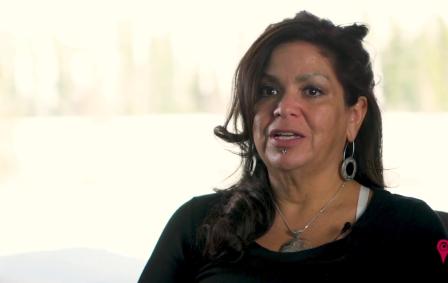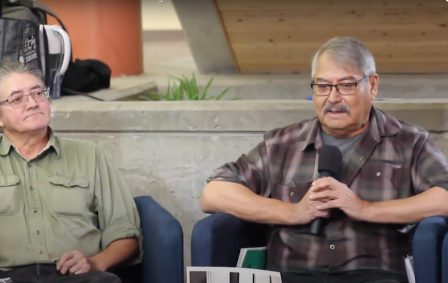Finding my place in this movement
The Children of Tomorrow is a series of 10 videos featuring prominent Yukoners who were children when Together Today for Our Children Tomorrow was being created. They share their thoughts on the past, present and future of the Yukon Agreements.
Back to the Children of Tomorrow series
Transcription
Everyone has a role to play in implementing land claims and self-government.
Daryn Leas, Tr’ondëk Hwëch’in citizen
I think a lot of the people I work with, the people I interact with my age, have been inspired by the Together Today For Our Children Tomorrow.
Sharon Nelson, Chief, Selkirk First Nation
For me, what happened was once we settled land claims in 1997, I started getting phone calls from family and the band manager at the time saying “come home, we’ve settled land claims. Come home and work for your community. Land claims is coming. You young people need to get educated. Go get your education and get ready for land claims.” I think that message still is important for today’s young people because self-government and Final Agreement will continue to exist beyond this generation and it’s important for them to be educated to fill the positions here in administration.
Marilyn Jensen, M.A., Yukon College Indigenous Governance Instructor, & Founder of the Dakhká Khwáan Dancers
For all of us, we have to find a place in this movement. We have to find our place. Like, “what is my responsibility, my accountability?” The place that I found in this movement is to really pick up our culture, our heritage, our language and to really uphold that. Because I see that as a foundation of our self-determining house. And I believe very much in the strength that comes from that. That’s why I dance.
Pauline Frost, Former Senior Official, Vuntut Gwitchin Government
What I do today is going to impact the children of tomorrow. So I need to make a difference today. It’s not just about my family, it’s about all of my community. So the work I do is for my community, it’s for the Yukon, it’s for the rest of Canada.
Math’ieya Alatini, former Chief of Kluane First Nation
We absolutely need more young people who are interested in government and interested in what the agreements hold, know the history of where we’ve come from. We’re bridging two worlds with self- government. We’re bridging the historic, cultural norms of community involvement - taking care of the elders, learning those values of respect - to being able to create engineers, doctors, lawyers, people who are artists.
Diane Strand, former Chief of Champagne and Aishihik First Nations
When I think about the land claim, what the land claim process had been able to let us accomplish with our youth, the world is our oyster. I’m quite optimistic for our future and that we’re just going to be growing in leaps and bounds. Not just within the Aboriginal community, but for the whole of the Yukon.


